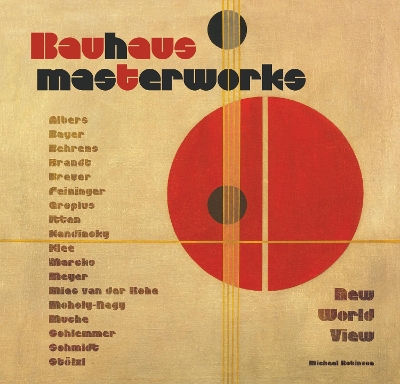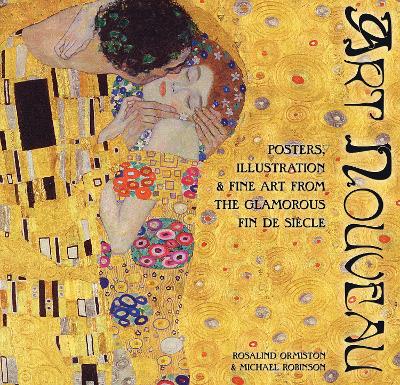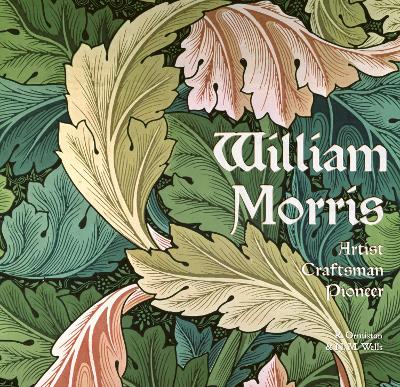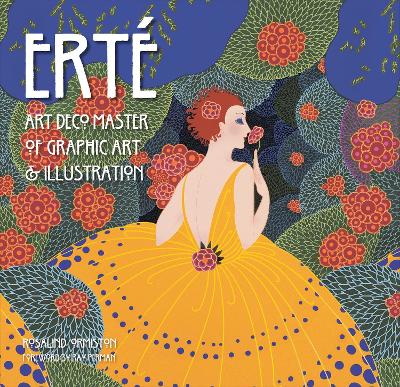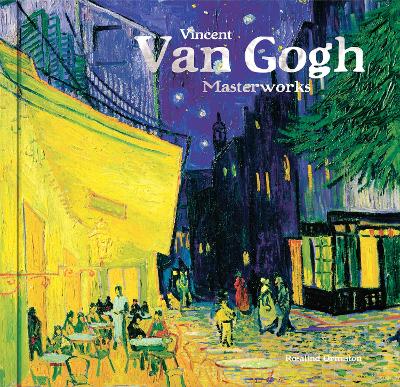Masterworks
10 total works
Leonardo da Vinci was the epitome of the Renaissance humanist ideal, a logical polymath of epic proportions who excelled and had interests not just in art but in invention, anatomy, architecture, engineering, literature, mathematics, music, science, astronomy and more. His oeuvre is astounding and he is rightly famed for his masterpieces of painting such as the Mona Lisa and The Last Supper, and his astonishingly technical and graceful drawings. The phenomenon that was Leonardo would not of course have flourished to such an extent had it not been for the patronage and sponsorship of the Medici family, who commissioned a large proportion of the art and architecture of the era and fostered a fertile climate for creativity. This sumptuous new book offers a broader view of this master artist in the context of this environment, alongside the work of other key artists who benefited from the Medicis, from Brunelleschi through Donatello to Michelangelo and Raphael.
Today we marvel at the shimmering light, the detail and hidden significances within the subtle techniques of Vermeer, Rembrandt, Van Eyck, Frans Hals and their compatriots. The luminescent art of the Dutch Masters grew from the bounding confidence of the newly independent Netherlands in the early 1600s. Shed of religious conflict it encouraged a wealthy mercantile class that sought the oceans of the world in search of riches and influence, and a new sensibility in art that cast light across the actions and objects of daily life.
The Dutch Masters are characterized by the abandonment of religious patronage, allowing, for the first time, a relentless focus on everyday subjects: the taverns, breakfast tables and living rooms of the newly wealthy and the places they loved to visit.
This wonderful new book, also highlighting the work of the pioneering Rachel Ruysch, is the latest addition to Flame Tree’s highly successful Masterworks series.
